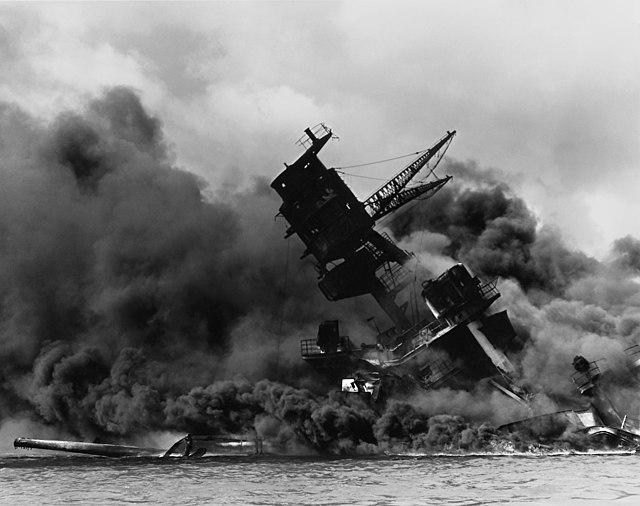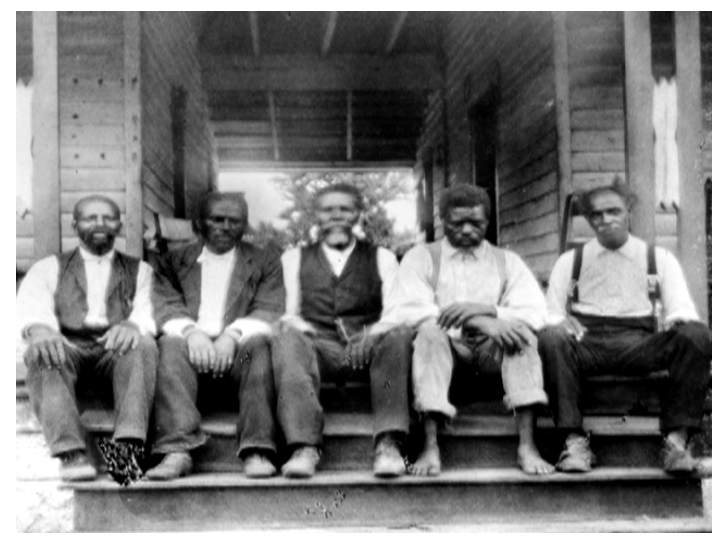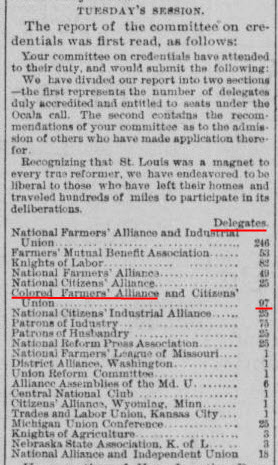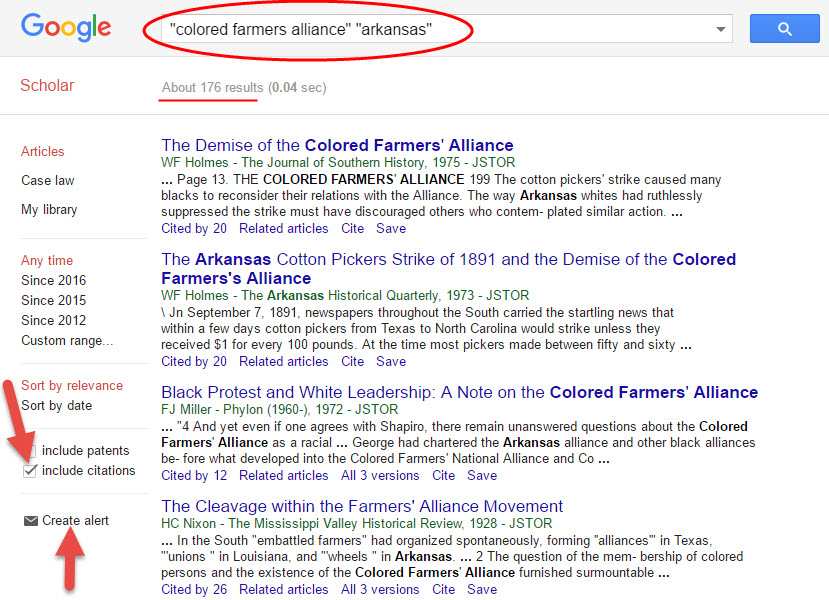World War II Fallen and the Stories Behind the Stars
16 million Americans answered the call to serve their country during World War II and tragically over 400,000 never returned home. To honor them, each family of a fallen hero received a banner with a gold star to hang in their window. Now 80 years later, there’s another way to ensure they are honored and most importantly, not forgotten. Today the nonprofit Stories Behind the Stars focuses on researching and writing the stories of every one of the WWII fallen. In this special Veteran’s Day episode of Elevenses with Lisa, Don Milne, founder of Stories Behind the Stars joins me to discuss the project, how to access the stories, and how you can help with the research that ensures that every single one of the World War II fallen are remembered.
Watch Live: Thursday, November 11, 2021 at 11:00 am CT
(calculate your time zone)
Episode 78 Show Notes
(Get your ad-free Show Notes Cheat Sheet at the bottom of this page in the Resources section.) This article includes affiliate links. We will be compensated when you use our links at no additional charge to you. Thank you for supporting our free content!
16 million Americans answered the call to serve their country during World War II and tragically over 400,000 never returned home. To honor them, each family of a fallen hero received a banner with a gold star to hang in their window. Now 80 years later, there’s another way to ensure they are honored and most importantly, not forgotten.
Today the nonprofit Stories Behind the Stars focuses on researching and writing the stories of every one of the 421,000 US World War II fallen. I want to share with you how to find them, and how you can help with the research that ensures that every single one of the World War II fallen are remembered.
The Stories Behind the Stars founder Don Milne joins me in this video episode. He’s a lifelong history buff, and a few years ago he decided to write a daily story about one of the US World War II fallen for his blog called WW2 Fallen 100. His effort totaled more than 1,200 stories and has been read more than 1 ½ million times.
After his banking job was eliminated at the end of 2019, Don decided to devote his full time to create Stories Behind the Stars and find volunteers to write the stories of everyone of the 421,000 US World War II fallen.
The Story of a Fallen Hero of WWII
Lisa: I’d love to start by putting the fallen heroes of World War II front and center. Can you share with us one of the stories that has really touched you?
Don: Yes. It’s harder and harder to do that because so far we’ve already done about 13,000 stories. One of the more recent ones that we’ve done on our Pearl Harbor project was a fellow named Don Whitestone. He was on the USS Arizona, the battleship totally decimated at Pearl Harbor. More than 1000 people were killed on that ship, and he was one of those. If you go to the USS Arizona Memorial, you just see a name on the wall. And that’s basically all you know about him.

USS Arizona (public domain)
So, for our project that we’re focusing on right now, is to tell the story of all the men lost at Pearl Harbor, all 2335 of them. We’ve already finished the one for Don Boydston.
Just to give you a little bit of information about him. We know he was from Fort Worth, Texas. He was the youngest of six children. Almost every one of his brothers also enrolled in the military during World War Two. His eldest brother survived the war. His second oldest brother, he was actually in Hawaii the same time as his younger brother. Don was there while he was on shore. So, he would have probably been looking for his brother right after the attack, and wouldn’t have found him because he didn’t survive and they never found his body. He ended up continuing in the military and rose to the rank of Lieutenant Colonel. And he received the Silver Star for leading his men against the Germans in France in 1944. He died in 1945 while the war was still going on.
Another brother by the name of Robert served as a lieutenant. He was wounded, but he survived the war and lived to be age 90.
Another brother by the name of Ward, he joined the Army Air Forces. He was on a mission to Tripoli in 1943, in his B24 Liberator, and his plane went down.
So, here’s a family of five brothers. Two of them survived the war, and three of them didn’t. One of them died the very first day of the war, Pearl Harbor, and one of them died during the very last year of the war. It must have been devastating to have a family of five sons and lose three of them. But the father of the family, he did something really interesting. He decided that he was going to write stories, to write letters to the servicemen that may not be getting letters, because back then there wasn’t any social media. You couldn’t pick up a cell phone and talk to people. You had to write letters. And that was like, the thing that all of the servicemen looked forward to is they wanted to get letters from home. And so he made it a project in 1942. He was going to write stories to servicemen who didn’t have someone writing to them. He wasn’t going to be able to write to his son Don because he died at Pearl Harbor. But rather than feel sorry for himself and live with that loss, he decided to write the letters for a long period throughout the war.
He started with 137 different soldiers that he wrote to on a regular basis. So, I think that’s a wonderful thing that I didn’t know about. And all of these men and women who didn’t come home from World War II deserve to be remembered by more than just seeing a name on a memorial or gravesite. So, there’s a lot more Don Boydstuns out there. What we’re trying to do is find volunteers that can help us find those stories.
Lisa: That’s such a fitting story. That father was making sure that the soldiers weren’t being forgotten. You’re in a way, of course, carrying that on today, through your project. And, as you listen to that story, you realize that you think you’re hearing one person’s story. But I’m hearing the story of the parents. I’m thinking about the mom. I just can’t imagine all the sons going to war and losing one. And so really, you’re capturing the stories of many more than the 421,000 fallen.
Read Don Boydstun’s story at Fold 3.
The Mission of Stories Behind the Stars
Lisa: What’s the mission of the Stories Behind the Stars project?
Don: The name of the project kind of tells what we’re doing. It is what they still do today. During World War II when a family lost a serviceman or woman during the conflict, they were given a banner with a gold star on it that they could hang in the window. We want to tell the stories behind those stars.
We have the World War II Memorial in Washington, DC. Th Price of Freedom monument carries that same motif. It has more than 4,000 individual stars, each one representing 100 of the fallen.
Stories behind the stars, our mission is pretty ambitious. We want to make sure that all 421,000 servicemen and women Army, Air Force, Army, Air Force, Navy, Marines, Coast Guard, Merchant Marines, every single one of them will have a story.
Part of the mission isn’t just to have it on some obscure website somewhere. But we want to have it available so anyone can read it at the memorial. It’s got to be super easy to find on a smartphone. That’s our mission. And the only way we can accomplish this is we need volunteers that are genealogy minded, that want to want to do this and do something more than just bring flowers to remember someone on Memorial Day. We’re looking for folks to create a permanent record that will go forward for decades to remember them.
WWII Fallen Resources
The National Archives hosts the following casualty lists on their website:
- World War II Army and Army Air Force Casualties list
- Navy, Marine Corps, and Coast Guard Personnel World War II Casualties list.
Keep in mind that these lists are incomplete.
MyHeritage: Stories Behind the Stars volunteers often use MyHeritage’s photo enhancement and colorization tools on the photos included in the stories, in addition to their genealogy records. Visit MyHeritage.
How to Access the Stories of the WWII Fallen
Up until June 2021, all of the stories our volunteers have been writing were saved directly to Fold3. In the case of the Pearl Harbor project, it was decided to first save these stories to the Together We Served platform because it allows for some extra features not part of using Fold3. However, all TWS content is also shared over to Fold3.
Fold3 recently updated its user interface and this change did not include the automatic transfer of the stories from Together We Serve to Fold3. This is scheduled to happen by December 1, 2021. Once the update is complete, you will also be able to find stories like Don Boydstun’s story on Fold3.
The best place to search for all the completed Stories Behind the Stars stories is at the Stories Behind the Stars page at Fold3. Currently, the search only works for stories saved with the new Fold3 format. As previously mentioned, there are about 10,000 stories saved in the old format and Fold3 is converting those over.
The Pearl Harbor project webpage is still a work-in-progress, and writers are still working on the stories that have been researched. They have about 500 unassigned stories and anticipate a completion date of December 7. Until then, you can find stories at the D-Day page where there is a link that will take you to a page that separates the D-Day fallen by state. You will then find links showing a list of all D-Day fallen from each state.
Volunteer for Stories Behind the Stars
You can help Stories Behind the Stars reach their goal of completing all the stories by the 80th anniversary of the end of WWII in September 2025 by writing one story a week. Visit Stories Behind the Stars and click the Volunteer button.
They occasionally share sample stories on their blog, as well as their podcast. This will help you get the idea of what these stories are like.
From Don: It does attract a lot of people with a genealogical background, but it’s not totally necessary. We’ve also got people with 40, 50 years of genealogy experience that they’re just wonderful at doing the research and stuff.
Basically, what we’re asking people to do is write a short story. We’re not writing a 40,000 word document. We’re basically writing short obituaries. Most obituaries are what 400 to 1000 words, and they just include basic information. And that’s what we’re basically trying to do.
The whole idea is we’re not creating stories that someone’s going to sit down and spend two hours reading. You’re going to go to a grave site, maybe you’re going to Normandy or Arlington, or your closest National Cemetery, where you see flags put out for all those that are in the military. The idea is you’re going to be able to take your smartphone and go up to that grave site and pull up a story and read it right there. Something that you can read in maybe five minutes or so. So pretty much everybody can write an obituary. Unfortunately, all of us probably will have to write an obituary sometime, right. That’s what we’re asking them to do.
We’ve created some training that gives people all the tools they need, so that they’ll feel really comfortable about writing these stories. And if they don’t consider themselves, writers, we have other ways that people can help. They can help with the database. Some people are better at editing than writing. So, we have people helping with that.
Top Tips for Researching WWII Fallen Soldiers and Sailors
When researching the stories of the World War II fallen, Don recommends the following:
- Search Ancestry and MyHeritage. Look for all types, particularly the application for a headstone, muster rolls
- Search Fold3 – search by name and dates such as birth and death.
- Newspapers – Look for casualty lists and other articles. Try Chronicling America which is free. Other excellent newspaper collections can be found at GenealogyBank and Newspapers.
The Stats Behind Stories Behind the Stars
Organizations partnering with Stories Behind the Stars include Ancestry, MyHeritage, FamilySearch, Arlington National Cemetery, Friends of the National World War II Memorial, The National D-Day Memorial, JustServe.org, BillionGraves, and Together We Served.
From Don Milne:
- This project now involves more than 1,500 people from all 50 states and more than a dozen countries. Hundreds are people with a background or interest in genealogy.
- We have completed more than 13,000 stories but we still have 408,000 to go.
- We completed the stories of all the WWII fallen from one state (Utah).
- We completed the stories of all the 2,502 Americans who died in Normandy on D-Day.
- We are on pace to complete the stories of all 2,335 Pearl Harbor fallen by December 7.
- Arlington National Cemetery gave us their list of WWII fallen buried there. Our plan is to do a story for each of these 7,700 by Memorial Day 2022.
- By December 1 there will be an accompanying smartphone app people can use to read these stories at any gravesite or memorial.
Resources
- Download the ad-free show notes (Premium Member log in required. Not a Premium Member? Become a Genealogy Gems Premium Member.)
- Subscribe for free to our Genealogy Gems YouTube channel so you’ll never miss another episode.
- Subscribe to my free email newsletter to get notifications of new videos and articles.
Three ways to watch Elevenses with Lisa:
1. Video Player (Live) – Watch live at the appointed time in the video player above.
2. On YouTube (Live) – Click the Watch on YouTube button to watch live at the appointed time at the Genealogy Gems YouTube channel. Log into YouTube with your free Google account to participate in the live chat.
3. Video Player above (Replay) – Available immediately after the live premiere and chat.
Free Newsletter Keeps Alerts You to New Premium Content
Please click here to sign up now if you haven’t already. You’ll receive a BONUS free eBook with your first email.
Questions and Comments
Please leave your questions and comments below.





